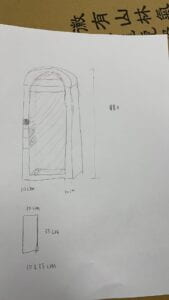 This artifact is derived from Doris’s proposal inspired by The Ones Who Walk Away from Omelas. It responds to the interactive mirror we found in the “Research” phase of the project. This mirror can reflect the viewer and reflect the sad child who suffers for the happiness of people in Omelas. The viewer can have a conversation with the mirror.
This artifact is derived from Doris’s proposal inspired by The Ones Who Walk Away from Omelas. It responds to the interactive mirror we found in the “Research” phase of the project. This mirror can reflect the viewer and reflect the sad child who suffers for the happiness of people in Omelas. The viewer can have a conversation with the mirror.
Doris painted the sketch for the mirror. We started by making as many reels as we could. 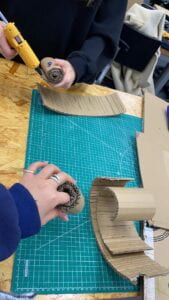 And then we stuck them together to create the frame.
And then we stuck them together to create the frame.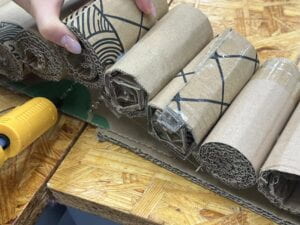 During the process of making the mirror, I spent most of the time making the mirror. After making the frame, I came up with how we could build the base of the mirror to make it more stable. We weren’t sure how to make the top. Sean made great efforts to cut the cardboard in a curved shape and make it the top.
During the process of making the mirror, I spent most of the time making the mirror. After making the frame, I came up with how we could build the base of the mirror to make it more stable. We weren’t sure how to make the top. Sean made great efforts to cut the cardboard in a curved shape and make it the top.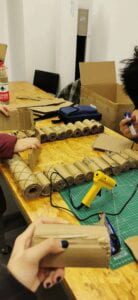 We wanted to make a mirror that was about 1.8 meters tall like a normal mirror. But when actually making this artifact, we realized this was too much work. I proposed that we could make the mirror as long as we could and put it on a box. The biggest challenge for us was to make it stand. The bottom was still a big reel, which made it unable to stand on its own. We worked together to use cardboard to create a triangle to hold it and used tape to strengthen it.
We wanted to make a mirror that was about 1.8 meters tall like a normal mirror. But when actually making this artifact, we realized this was too much work. I proposed that we could make the mirror as long as we could and put it on a box. The biggest challenge for us was to make it stand. The bottom was still a big reel, which made it unable to stand on its own. We worked together to use cardboard to create a triangle to hold it and used tape to strengthen it. 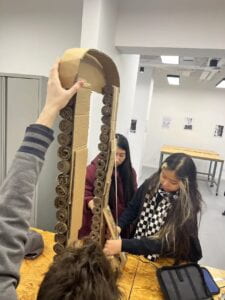 Eventually, we made the mirror stand. Our group decided to make this mirror with reels to make it thicker and more beautiful to watch.
Eventually, we made the mirror stand. Our group decided to make this mirror with reels to make it thicker and more beautiful to watch.
Our basic script is that there’s a carnival in Omelas and there are two pairs of viewers and reflections. The viewer looks into the mirror. The mirror will show the reflection of the viewer first, but it’ll gradually change to the image of the sad child. For the performance, I suggested that girls could take selfies. The viewer could introduce the background and have conversations with the mirror holder. And our performance intended to provoke the audience’s thinking about the reason behind happiness. In my opinion, the successes of the artifact are as follows. Our artifact stands out because it’s not like any of the other artifacts in other groups. It’s one of the biggest artifacts presented in our section and it’s good-looking on the outside. It’s stable and can stand on its own. And it fits into the narrative. For the failure of the artifact, even if we added a button on it, it might seem more magical than technical. Our original idea was that there were sensors in the mirror. But we didn’t have enough time to accomplish that.
In the whole process, our teamwork was great. We didn’t have many communication problems. We did everything as a team. We made the mirror together.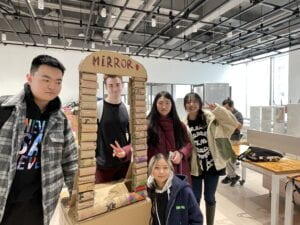
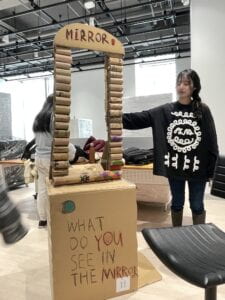
The group with the name Door-ry left an impression on me. This group’s artifact is inspired by The Veldt. There’s a computer that detects the user’s mind. The user can think of one place he wants to go. When he opens the door, he’ll be in that place. He can feel, touch eat there, and can even bring something back to the real life. This artifact is relevant to the fictions story. It’s like the nursery, but it includes more sensations and interactivity. It meets the criteria of the assignment well. It’s an interactive invention that fits into the narrative. They managed to make many small props relevant to the travel places, which was interesting. However, I feel like the idea of this project is commomly-used. It’s not a very unique idea, but the implementation was great. The computer was well-made. They design a door that the user can use to travel to other places. The user travels to three places and she demonstrates the usage of the artifact well. By making props like little pyramids and sticking the Dory picture on a fish-shape cardboard, they explain how interactive the artifact is. For further improvement, I remember the script saying the computer is the device and the door is just a portal, but I don’t see strong connection between them. Their performance could be better if they can demonstrate the device more clearly.
https://drive.google.com/drive/folders/1661WgiI36BlYwgUcssxdlBvu9iB4E1Qn?usp=share_link
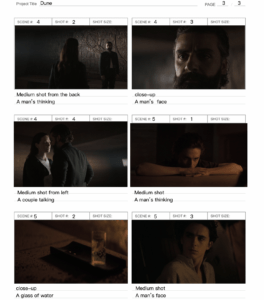
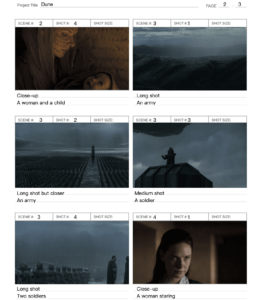
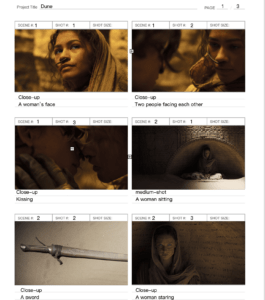
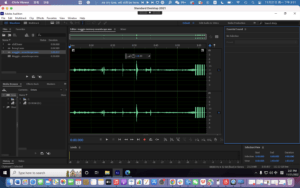 Concept
Concept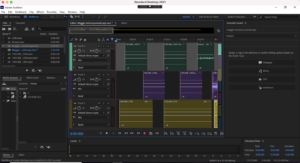
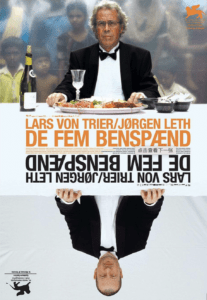
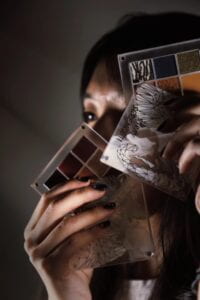
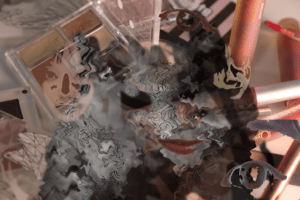
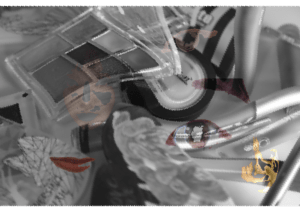 more beautiful, but I couldn’t figure it out so I have to do an alternative. I also found it hard to use the brush tool properly to create the effect I want. The edges seem unnatural so I covered them with small pieces. I worried that there would be so many elements that my main point wouldn’t be obvious, so I also created one without the colorful background.
more beautiful, but I couldn’t figure it out so I have to do an alternative. I also found it hard to use the brush tool properly to create the effect I want. The edges seem unnatural so I covered them with small pieces. I worried that there would be so many elements that my main point wouldn’t be obvious, so I also created one without the colorful background.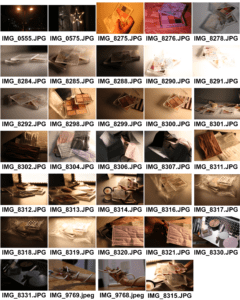


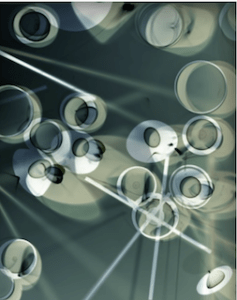
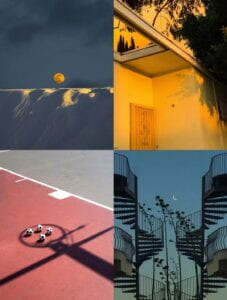 ideas more comprehensively than photography. But on the other hand, photography gives space for people to think more. Virtual reality surely enables people to fully immerse themselves in the scenes. And it’s an extension of 3D technology. But it offers a different way of communication from photography.
ideas more comprehensively than photography. But on the other hand, photography gives space for people to think more. Virtual reality surely enables people to fully immerse themselves in the scenes. And it’s an extension of 3D technology. But it offers a different way of communication from photography.